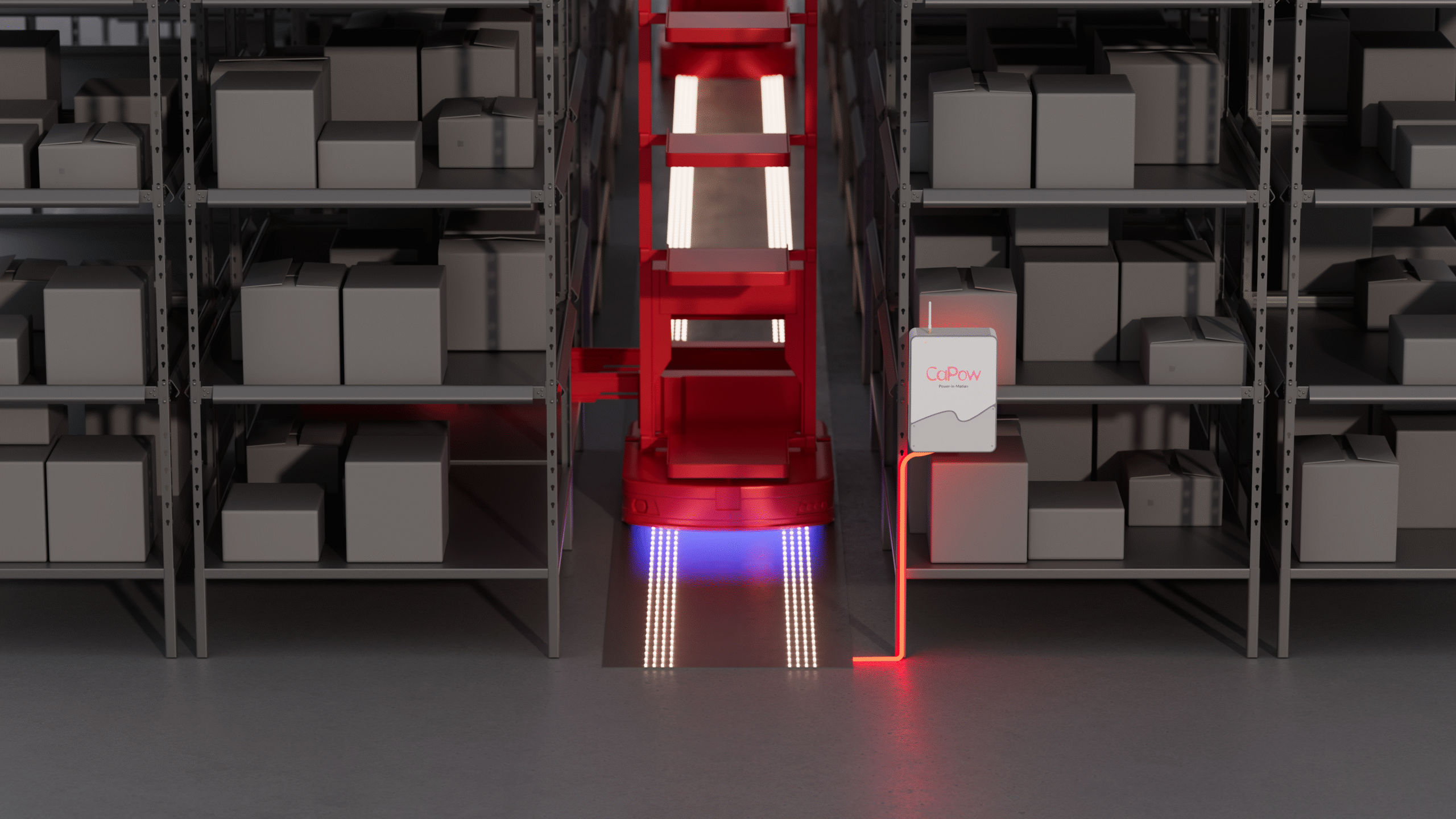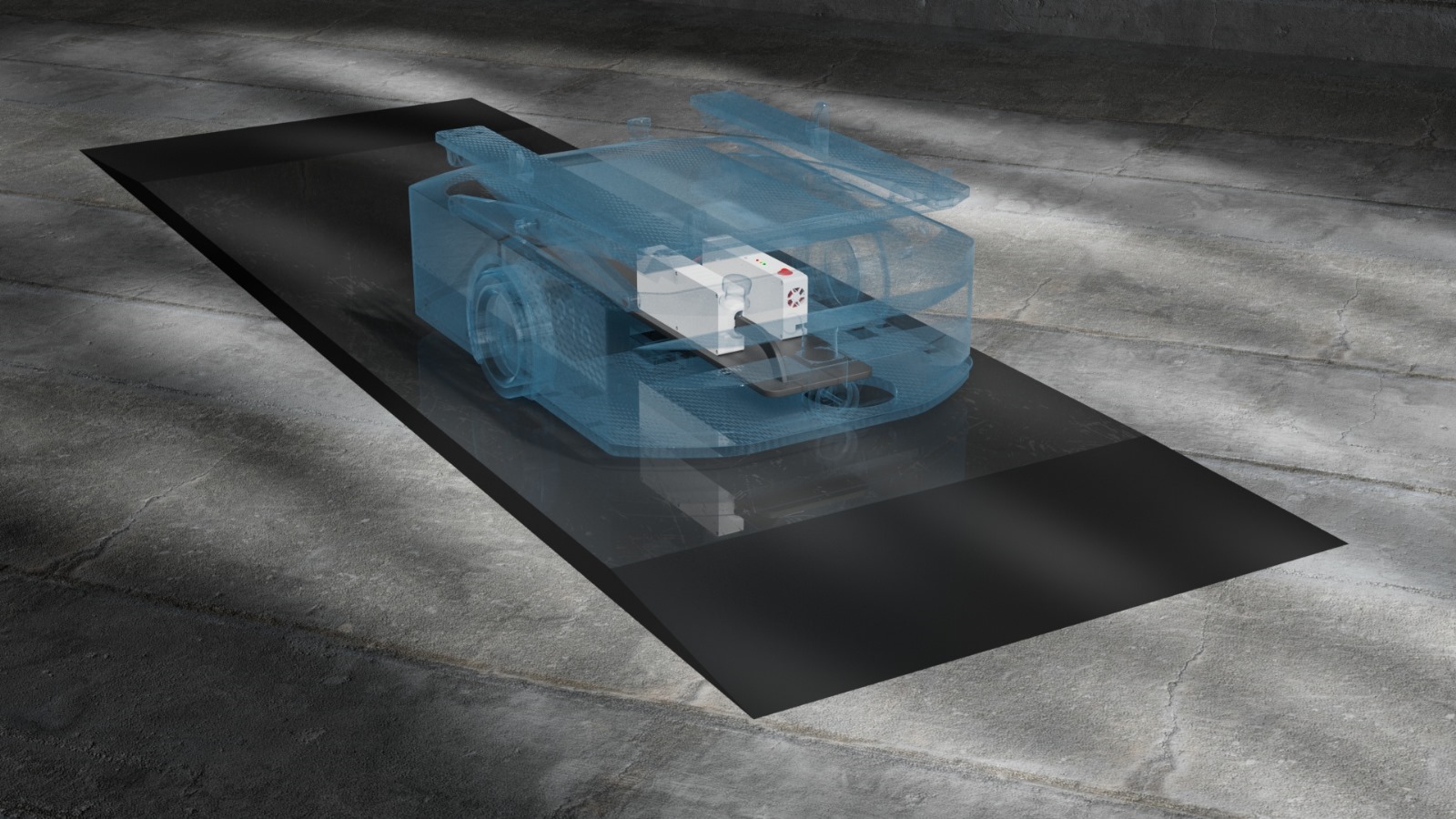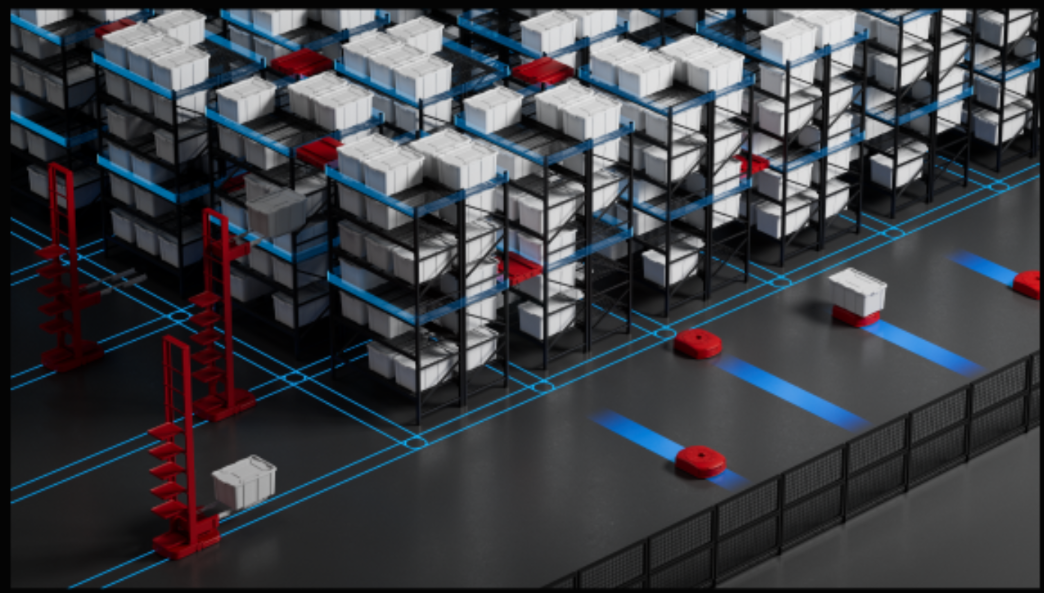Introduction: The Promise of Seamless Automation
In an age when consumers expect next‑day delivery and manufacturers operate at razor‑thin margins, logistics efficiency has never been more critical. Warehouses and distribution centers are turning to advanced automation not only to meet demand but to redefine their operations. Traditional automation often delivers speed in discrete tasks while introducing new bottlenecks in charging, maintenance or integration. Today’s innovations go further, creating a seamless ecosystem where robots, software and infrastructure work together to maximize uptime, minimize costs and unlock unprecedented flexibility.
Continuous Power for Continuous Flow
One of the most transformative developments in warehouse automation is the shift from stationary charging to dynamic, in‑motion power transfer. Historically, mobile robots, whether automated guided vehicles (AGVs) or autonomous mobile robots (AMRs), had to leave their workflows and dock for hours to recharge. This downtime forced operators either to accept interruptions or purchase extra units to maintain throughput, tying up capital in idle equipment. Modern systems embed ultra‑thin antennas into high‑traffic zones of the warehouse floor, delivering energy “sips” to passing robots. Rather than trickle charging every cell continuously, these systems replenish energy when and where it’s needed, keeping batteries in their optimal state of charge. As a result, robots never need to stop for fuel, achieving true 24/7 operation and eliminating the traditional trade‑off between productivity and battery life.
The benefits of in‑motion power transfer extend well beyond uninterrupted workflows. Because robots no longer spend part of each cycle at a charger, operators can reduce fleet sizes by roughly one‑fifth without sacrificing throughput. Charging zones can be eliminated, freeing valuable floor space for inventory or additional automation. Integrated receivers work across virtually every type of mobile platform, from small picking robots to heavy pallet shuttles, so companies don’t need separate charging infrastructure for each manufacturer. By decoupling power from the robot itself, in‑motion charging creates a foundation for continuous flow and sets the stage for the next generation of logistics systems.
Reducing Fleets and Maximizing Throughput
Beyond charging, advanced warehouse automation solutions rethink the entire relationship between robots, workloads and capital investments. In conventional operations, downtime isn’t just lost productivity; it’s money spent on extra robots to maintain cycle times. Leading systems can reduce fleet size by as much as 20 % while increasing throughput. How? By ensuring that every robot operates at its highest potential. When a robot is always “on,” it can complete more tasks per shift and doesn’t require a partner waiting on standby. Less hardware also means reduced depreciation, lower maintenance costs and simpler fleet management.
Higher utilization also helps address the iron triangle of warehouse economics: quality, speed and cost. For years, operators believed that improving one side inevitably harmed another. Today’s automation shows that simultaneous improvements are possible. When robots don’t stop to charge or queue, they deliver faster cycle times. Eliminating dedicated charging areas leaves more square footage for storage or staging, improving space efficiency. Fewer idle robots translates to less money tied up in assets that aren’t contributing to revenue. Overall, advanced automation lets warehouses pursue high‑quality output, quick order fulfillment and lower operating costs concurrently.
Flexibility and Scalability Across Platforms
One of the hallmarks of modern warehouse automation is its adaptability. Facilities often integrate robots from different vendors over time, each selected for a specific task. Traditional charging infrastructure locks operators into proprietary systems or forces them to segregate robots based on brand. In contrast, advanced power platforms are hardware‑agnostic. Modular antennas work with any make or model of AMR, AGV or shuttle, allowing companies to mix and match equipment within the same energy network. This flexibility speeds up adoption of new technology, reduces the risk of vendor lock‑in and encourages experimentation with different robotics solutions.
The infrastructure itself is modular and scalable. Thin, rugged panels can be installed in stages along key routes rather than through costly facility renovations. Operators can run pilot projects on a single line or aisle, measure results and then expand coverage as needed. The antennas are rated to withstand the weight of heavy equipment and are insensitive to common warehouse materials like metal racking or concrete floors. Because they don’t require trenches or wiring changes, installation can occur with minimal disruption to existing operations. Such flexibility empowers even small or mid‑sized warehouses to modernize without heavy capital outlays or long shutdowns.
Battery Health and Sustainability
The environmental and safety benefits of advanced warehouse automation often go unnoticed amid productivity gains. Lithium‑ion batteries degrade when they’re cycled from full to empty, and large battery packs increase fire risk and complicate disposal. Systems that recharge robots on the go keep batteries within a 20–80 % sweet spot, extending their usable life. With onboard energy delivered in short bursts, robots no longer need oversized power cells; smaller, lighter packs are sufficient. This downsizing reduces the amount of lithium required and lowers shipping and handling costs. By eliminating the need for dedicated chargers and large batteries, warehouses can cut energy consumption, repurpose power for other uses and make a measurable dent in their carbon footprint.
Safety improves in multiple ways. Smaller batteries mean less stored energy and therefore fewer catastrophic failures. Advanced energy platforms can detect foreign objects or metallic debris in their fields and shut off power before accidents occur. Because only the area directly beneath a robot is electrified, there is no risk of stray fields harming people or heating nearby metal. These features lower training requirements and simplify compliance with safety regulations. When taken together, sustainable design and safety enhancements make in‑motion power transfer an appealing choice for companies pursuing environmental, social and governance (ESG) objectives alongside operational goals.
Data-Driven Energy Management and AI Integration
Energy isn’t just a physical resource; it’s a dataset. Smart warehouse automation treats energy like a fluid that flows through the facility. Sensors on antennas and receivers monitor real‑time consumption, battery status and robot routes. Software platforms integrate this data with warehouse management systems to predict when and where energy will be needed. Machine‑learning algorithms identify patterns in usage, scheduling charging events just in time and ensuring that energy is available when robots pass over a zone. By balancing supply and demand, these platforms prevent bottlenecks and reduce peaks in grid draw.
The benefits extend beyond charging. By analysing energy use, AI can pinpoint under‑performing robots, forecast maintenance needs and highlight inefficiencies in workflow design. Predictive analytics reduce inventory costs by allowing managers to align replenishment with actual consumption rather than static schedules. Some studies suggest that proactive use of AI and machine learning can cut forecasting errors by half and reduce inventory costs by one‑fifth. These improvements ripple through the supply chain: fewer stockouts, less buffer inventory and better resource allocation.
Real-World Results: Case Studies and ROI
No transformation story is complete without evidence. A major automotive supplier that struggled with frequent charging downtime found that robots were idle for a quarter of every shift. After adopting in‑motion power transfer, the company achieved full uptime and slashed automation losses by 50 %. It no longer needed to overstock its fleet, freeing capital for other improvements. In another case, a robotics integrator saw a 400 % throughput increase after deploying a continuous power solution, demonstrating that the benefits can be dramatic.
The numbers behind modern warehouse automation are equally compelling. Operators report 20 % reductions in fleet size and 30 % improvements in return on investment when switching from conventional chargers to in‑motion power systems. Because installation is non‑intrusive and the technology works with existing robots, payback periods are short. As energy costs rise and labour remains scarce, these tangible savings will increasingly drive adoption.
Conclusion: Transforming the Future of Logistics
Warehouse automation is evolving from a collection of standalone robots into a cohesive, data‑driven ecosystem. Continuous power delivery, flexible infrastructure, battery optimisation, AI‑enhanced energy management and proven business results all contribute to a transformative shift in logistics efficiency. Facilities that embrace these innovations can operate nonstop, reduce capital expenses, enhance sustainability and remain agile in the face of market demands. As the technology matures, the line between robotics and facility infrastructure will blur, making it possible for warehouses to achieve levels of efficiency previously thought unattainable.





